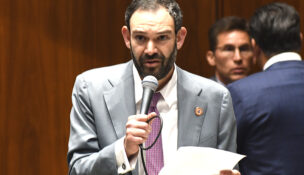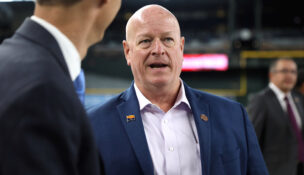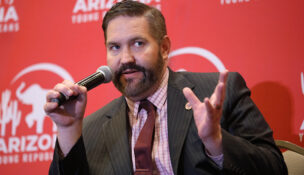Lawmakers eye D.C.
Arizona Capitol Reports Staff//September 14, 2007//[read_meter]
Who is running≠ Rep. Mark Anderson, Senate President Tim Bee, Sen. Tom O’Halleran, Rep. Bill Konopnicki, former Rep. Ann Kirkpatrick, and Rep. Russell Pearce have declared or are thinking about...
No tags for this post.

















